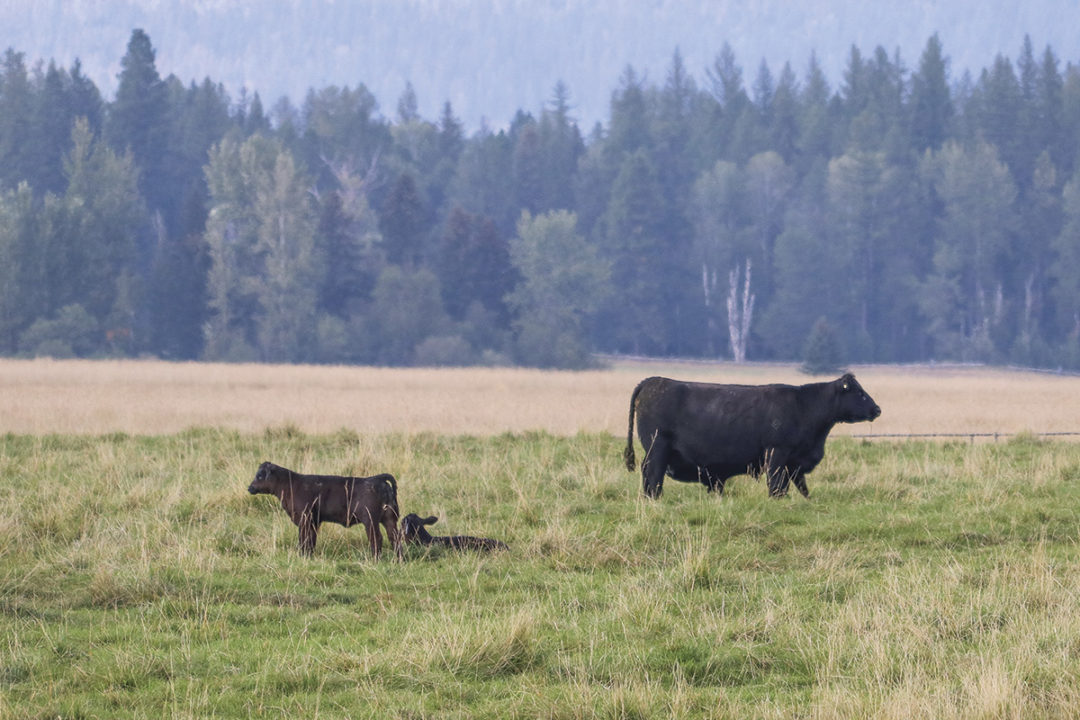Every beef producer remembers the years 2014 and 2015. Calf prices in the $2.50-per-pound range isn’t something that is easily forgotten, nor how sharp the markets fell.
With drought plaguing much of the West and herd dispersals happening in affected areas, the industry is posed for a possible repeat. “So, let’s make sure we’re learning from the past,” Ross Bronson told viewers in a webinar hosted by Redd Summit Advisors.
As the company’s ag risk consultant, Bronson outlined some parallels to the last peak in the cattle cycle. Prior to the ramp up, in 2008 the industry was culling on average about 10.5% of the total inventory and by 2011 it was up to 12.2%, he said. By 2015 when calf prices were high because of low inventory, only 7.8% of the total inventory were culled. Now more recently, in 2018, the industry was culling about 10% and by the end of 2022 and into 2023 it is projected that it will be about 13% of total inventory culled or more.
“So that is going to be an even sharper [number] than in the years past,” Bronson said. “So again, parallels now to what was going on last time we saw a peak in cattle prices.” However, the peak won’t be without some headwinds, he noted.
Factors to consider
Bronson cautioned that recessionary fears, higher input costs, and geopolitical concerns are all factors that could keep this cattle cycle from reaching its full potential. Drought also remains an issue, with the big question remaining: How long will it last?
“Drought will be detrimental to the rebuild process,” Bronson said. “This could very easily help prolong some of the up markets if we don’t see our rebuild coming as quickly as possible. But by the same token, it could also help prolong our selloff because the drought may ask most producers to keep selling off their cattle. My prediction is most producers – unless they use leases – have culled as deep as they probably will.”
One positive is that the export market is significantly stronger than it was in the last peak in the cattle cycle, Bronson said. Since China lifted the ban on U.S. beef in 2016, the U.S. has more than doubled its exports to China.
“So, to me, this is a boon,” Bronson said. “What this says to me is as the cattle inventory does its thing and as we see associated calf prices – barring any unforeseen circumstances – I think we’re going to see better strength to that higher market as we have stronger exports. We can hopefully hold on to those prices a little longer than we did last time.”
Several packing plants have also come online or have announced plans to begin construction in recent years. While there is some concern regarding the saturation of the packer market, the added capacity could increase competition for cattle. He said, “I’m still on the fence whether this is really good or really bad. It’s probably a little bit of both.”
Actionable items
To capitalize on what could be coming down the road, Bronson offered producers some possible strategies, noting that many of these could be operational-dependent.
Keeping females
Bronson suggested to keep females, if possible. But not just any female – producing females.
“This will help you as the cattle cycle continues,” Bronson explained. “We are going to see really elevated replacement costs in the next two to three years, if not next year. So this will help you avoid those high replacement costs down the road. You don't want to be in expansion phase over the next three to five years. It could cost you a lot.”
In addition to avoiding high replacement costs, Bronson noted that if a producer can hold on to their females, they are going to have an in-demand product in a couple of years.
“It seems counterintuitive, but if you can keep your breeding females so that in a couple of years when other people are buying pairs for insane amounts of money, you will have a marketable product,” Bronson said. “You could also consider selling a large portion of your herd at that point and then waiting for the expansion to kind of slow down, and prices to come down. It may provide an opportunity to do that.”
While there might be a lot of value to these strategies, Bronson cautioned producers from keeping their numbers up at the detriment of their pasture. Producers should seek out additional grazing such as cover crops, crop stubble and leases if they are to keep their numbers up during drought. There have been lots of studies regarding the long-term consequences to overgrazing, he reminded.
Getting finances in order
“If you don’t have good financial records – get them in order,” Bronson said. “You cannot leverage what’s happening and what I think is going to happen in the market moving forward, if you don’t know where you’re at financially. Make sure you know your breakeven and then make a plan.”
Bronson encouraged producers to use any expanded revenue to pay down operating debt, followed by things such as infrastructure repair and acquiring more leases that are integral to the operation. With a plan in place, producers can be better equipped to make wise decisions for their long-term benefit. “If you don’t need a pickup, don’t go buy a pickup,” he said.
Concluding the webinar, Bronson said, “We need to learn from what we saw last time in the market. We need to think outside of our [habits] and consider the way the operation has been running and ways that you can adjust. If you make a good plan and be prepared, and you’re ahead of the curve, I think you can set yourself up for future success.”








